Are you looking for an advanced bodyweight exercise to include in your workout routine? If yes, then this article will work as a learning guide for you. A lot of people have differing viewpoints regarding butterfly pull-ups, and thus, it is often used interchangeably with other kinds of pull-up exercises.
However, butterfly pull-ups are nothing but an advanced variation of standard pull-ups. Additionally, it requires a high level of body awareness in order to execute this workout. Butterfly pull-ups tend to activate various muscle groups in the body in just a short time.
It is essential here to highlight that when butterfly pull-ups are practiced enough with the correct technique, it holds the power to maximize your pull-up strength. If you are keen on weightlifting and powerlifting exercises such as deadlifts, consider including butterfly pull-ups in your workout routine, as they will help you prepare for that.
Butterfly pull-ups are enough to make you look cool and fit. But there are various other advantages of being able to execute them. To name a few, they can help you in conserving energy, perform more repetitions, save time, and increase your performance at a competitive scale. Now, let’s learn some basics of butterfly pull-ups.
What muscles does the butterfly pull-up work?
In order to ace the butterfly pull-ups, consider mastery of kipping mechanics and strict pulling strength as a prerequisite. Also, one of the reasons why butterfly pull-up is such as incredible exercise is because many muscles are used to perform it. Here are some muscles that are utilized in the butterfly pull-up workout:
Latissimus Dorsi
It is also known as “lats” and is the largest muscle of the upper back. It runs from the mid-back up to under the shoulder blade and armpit. It is the prime muscle for the internal rotation of the shoulder
Trapezius
The “traps” are located on the neck to the shoulders. These muscles connect the shoulder, neck, and back region and run in the downward direction forming a V-shaped pattern towards the mid-thoracic spine. This muscle is helpful in shoulder elevation
Rhomboids
These are small muscles that are present between the thoracic spine and shoulders. During the downward movement, as the shoulder pulls, these muscles get contracted
Infraspinatus
These are located on the shoulder blade, and they assist in shoulder extension
External oblique
These are part of the abdominal muscles which are located on the sides of the abdominal wall of the body. These muscles help in stabilizing the core and help the abdominal area during the shoulder flexion
Difference between a butterfly and kipping pull-ups
Butterfly and kipping pull-ups are built on similar fundamental positions, i.e., an arch and a hollow. Thus, the major point of difference between these styles of pull-ups is the movement used to get back to the arch position. In a kipping pull-up, you would push away from the bar. On the other side, in a butterfly pull-up, you are required to move forward and through the bar in order to keep the circular motion going smoothly.
Another main difference lies in the position of the buttocks or hips. While executing butterfly pull-ups, hips are slightly more elevated in comparison to a kipping pull-up. The elevation of the hips introduces the feeling of weightlessness at the top of the movement. It is the same moment when you pull through and begins pushing the feet in the backward direction. Basically, hips allow you to produce more power.
How to perform the butterfly pull-up?
Be it any form of exercise, it is significant to perform it in a correct manner so that you can stay away from injury and make the best out of every repetition. When it comes to butterfly pull-ups, you can begin by performing around two to three sets of ten/twenty repetitions.
However, make sure that you choose your number of sets and repetitions on the basis of your ability to carry out good technique throughout the workout. Below is the set of instructions that you have to follow to perform the butterfly pull-up:
- Hold the pull-up bar with a full-hand grip. Keep the overhand grip shoulder-width apart. If not, your grip should be slightly wider than your shoulders. However, if you are unable to grab the pull-up bar with your height, consider standing on a flat bench or plyometric box.
- Step off the bench/box and let your legs hang. Keep your legs and arms long and pressed together. Your elbows should be bent slightly, and squeeze your quads and glutes. Here, you have to engage your core. Thus, the pelvis should be tucked slightly, and the ribs should be down. Point the toes away from the body.
- To engage your lats, rotate your shoulders outward. The shoulder blades should be rotated away from the spine in an upward direction. Make sure that your chin stays tucked throughout the exercise.
- Now, use your arms in order to swing your body backward so that it travels away from the pull-up bar, thereby forming a hollow body position. Keep your arms and legs long and a bit ahead of the hips.
- Use the shoulders to swing the body forward till your hips come into the position of hyperextension. Keep your back extended in an arced position. Continue swinging back and forth and alternating from a hollow to an arched position.
- From the arched position, take your legs toward the bar in a scooping motion while using your arms to pull down on the bar. Also, keep the arms straight while doing so.
- Once the chin reaches its highest level, pull the chest under the pull-up bar. While doing so, let your feet travel behind you to create the arch position.
What workouts use the butterfly pull-up?
You can include butterfly pull-ups with any of the workouts that you are currently performing to strengthen your core and shoulders. However, if you want to make things more challenging and effective, you can include butterfly pull-ups with burpees and or try weighted butterfly pull-ups. It includes wearing weights while executing a pull-up.
Tips for improving your butterfly pull-up
To improve the butterfly pull-up, there are a few things that you need to remember while performing the exercise to make it more efficient. Consider the following tips:
- Get your chin up and away. You need to make sure that the chin is passing the vertical plane of the pull-up bar. It is not required to come directly over it
- While performing the butterfly pull-up, make sure that you follow the scooping motion. It will give you most of your power to finish the exercise perfectly
- If you have a pre-existing health condition, ensure to consult with the physician before starting the butterfly pull-up routine
- If you want to carry out weights while performing the butterfly pull-ups, ensure to choose a weight that lets you have full control of the body throughout the workout
- If you notice any discomfort or pain during the exercise, stop immediately and consult a supervisor
DFX CrossFit in Raleigh
That’s all about butterfly pull-ups. With all the instructions mentioned above, executing this exercise will become easier the more you practice. If you would like to learn more CrossFit exercises like the butterfly pull-up, come visit us at DFX CrossFit in Raleigh. We offer classes and open gym membership at our facility. Fill out the contact form below if you have any questions about how you can get started with CrossFit.
Ready to take the first step towards success? Contact us today!Contact DiamondFit Performance








